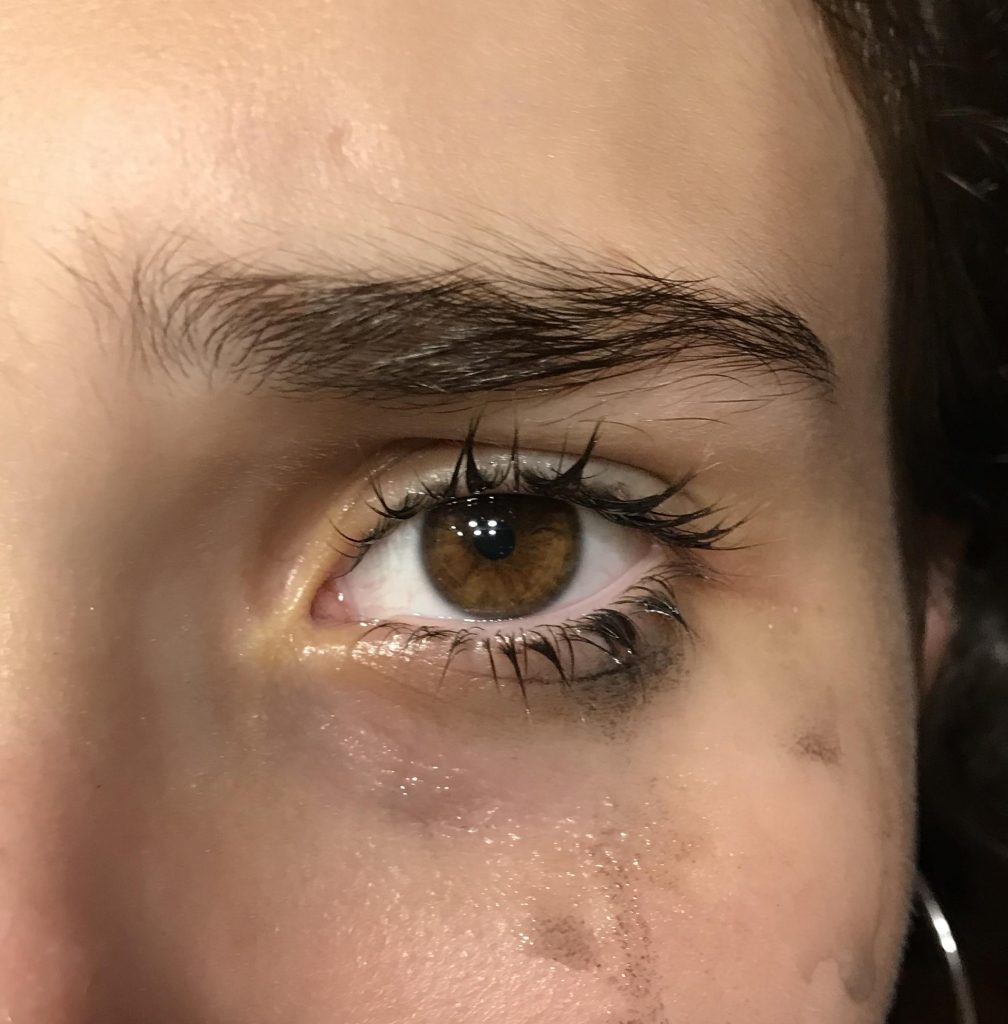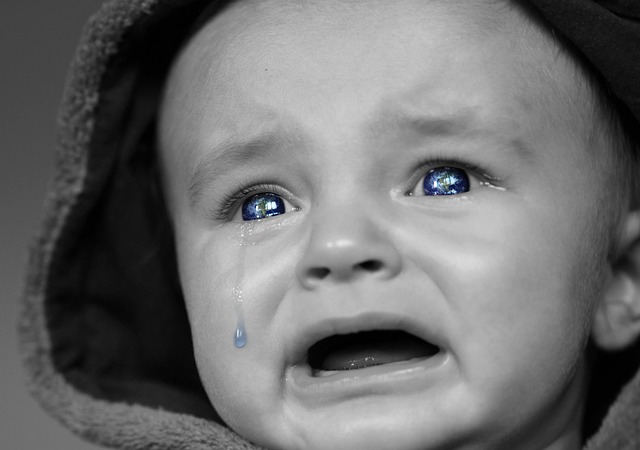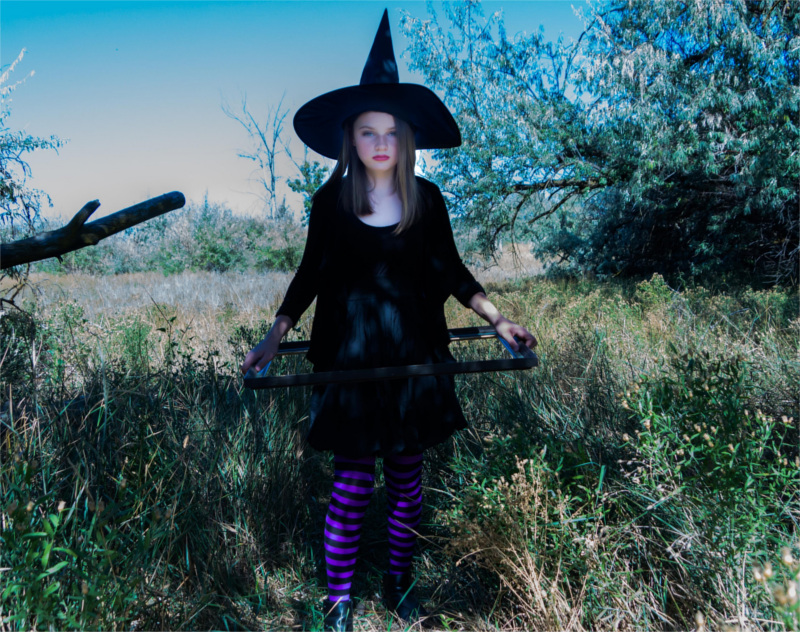This post is also available in Dutch.
Crying is one of the most genuine manifestations of being human. We cry in various circumstances, when we’re sad, happy or moved. But why do we do so?

Image courtesy of Morguefile (CC0 1.0).
Are you still wondering why you cried when watching ‘the Notebook’? It’s ok, you can admit it. So did many other people. Or were you the friend wondering what’s up with all these ‘big crybabies’? Well, there are many interesting things to learn about crying which could make you think it is more amazing than silly. It turns out that tearful crying is a typically human phenomenon. And there are good reasons for it being so.
Cry to survive, but moderately
Many researchers try to understand the origins of crying by looking at infants. In the first weeks of life, infants burst out in purely vocal crying when in distress or separated from their parents. Other infant mammals and birds also do so, and it seems highly beneficial for their chances of survival. Vocal crying helps in keeping caregivers aware of their vulnerable baby’s needs and whereabouts. Yet, this powerful signal comes with some costs: it takes up a lot of energy, it could attract the unwanted attention of predators, and it can be so annoying that it might drive parents to madness and cause them to leave or harm the child. These costs become particularly prominent in humans as human infants remain powerless and dependent for a considerably long time. Researchers think that this might be the reason why we gradually developed more agreeable, silent weeping.

Image courtesy of Pixabay (CC0 1.0).
Why does crying come with tears?
The simplest theory seems to be that tears evolved as a by-product of vocal crying. Strong contractions of the eye muscles, which occur with vocal crying in humans, may produce pressure on the lacrimal glands and eventually tears. As we are wired to focus our attention on someone’s face, tears became a powerful visual sign of distress. They thrived in evolution because they are convenient; no annoying sound is necessary and they are clearer than just a sad face. Ideal for human toddlers who already have the physical ability to approach caregivers but still need a lot of care.
But why do we still cry in adulthood?
The most prevailing theory suggests that this stems from the ultra-social nature of humans. Crying remained beneficial since our human ancestors lived in small cooperative groups. Tearful crying resulted in help and support from within the group and stopped outsiders from being violent. Although criers exposed their vulnerability and submission, they also showed others that they were trustworthy and not hostile, promoting empathy and cooperation. It could even save their life, considering that in ancient times the ability to cry with tears was considered proof for being a real human and not a witch or a werewolf.

Image courtesy of Morguefile (CC0 1.0).
Still today, no one remains indifferent when it comes to crying. As adults, we tend to cry less about physical pain and more about other people’s mental suffering. Even positive situations can make us ‘tear up’, for example when we see good deeds or when we experience tender emotions. ‘Being moved’ is a sign of being empathic towards others and tells the crier what he or she should care about, be it negative or positive. For others it can be a sign that the crier cares about the same things in life, which promotes bonding.
So if you cried at the tearjerker ‘the Notebook’, don’t be ashamed. It just means that you are empathic, honest, and prosocial. If you rolled your eyes at the ‘crybabies’, you should realize your friend is vulnerable and open to connect with you. So just offer a tissue and see this as a sign of your friendship.

Offer a tissue to your friend in need.
Image courtesy of Pixabay (CC0 1.0).
Written by our guest writer Sophie, edited by João and Marisha.
